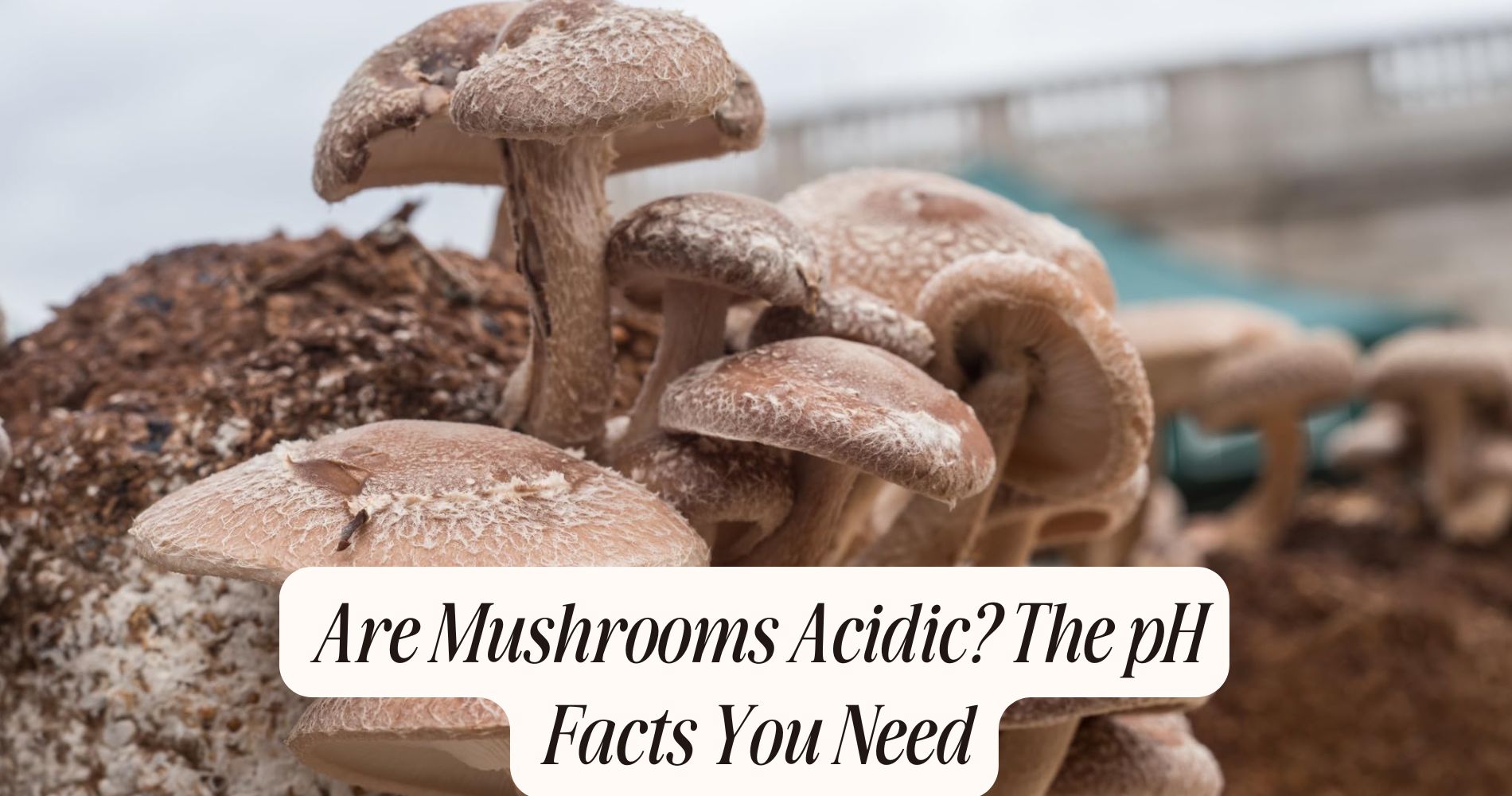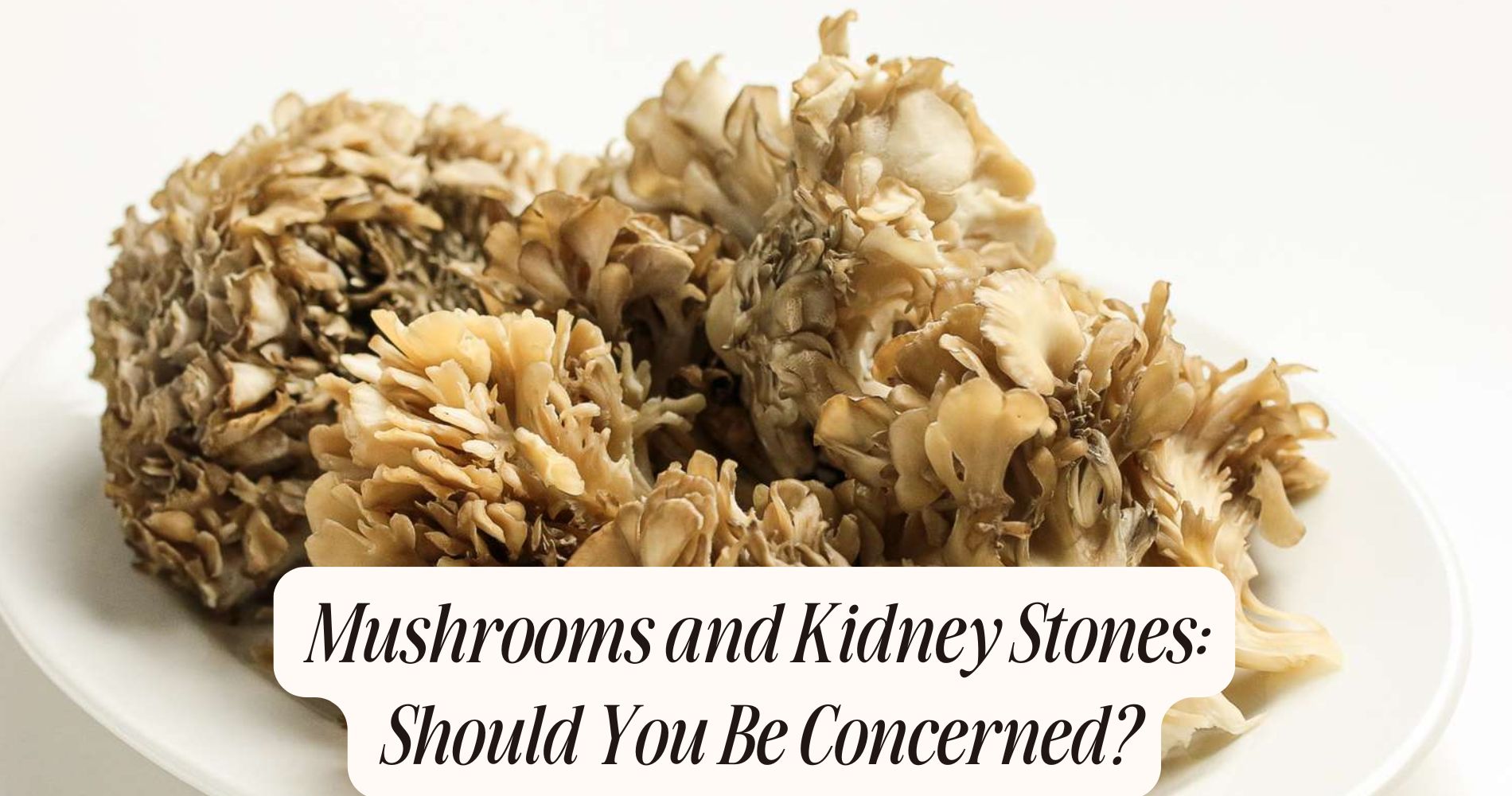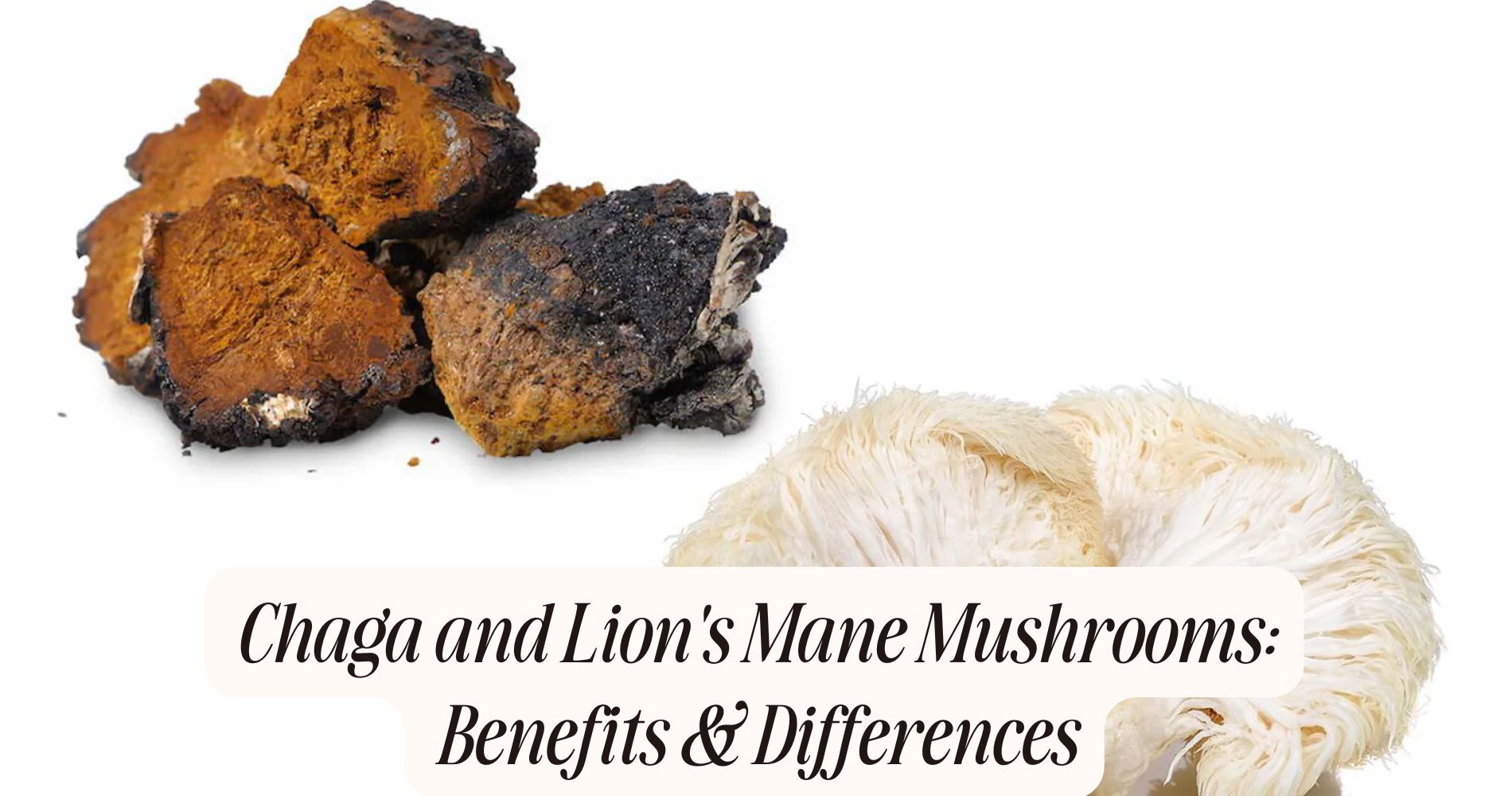
Are Mushrooms Acidic? The pH Facts You Need
Are mushrooms acidic? Mushrooms are slightly acidic to neutral, with pH levels ranging from 6.0 to 7.0. This mild acidity is in contrast to more acidic foods like oranges or tomatoes, which have much lower pH values. As mushrooms maintain a balanced pH, they preserve essential nutrients such as B-complex vitamins and antioxidants. Their low acidity makes them ideal for various culinary uses, even for those sensitive to acidic foods. Explore further to understand how to incorporate them effectively into your diet.
Understanding the Ph Scale and Its Importance
When you explore the pH scale, you uncover a fundamental tool that measures the acidity or alkalinity of a substance, ranging from 0 to 14.
At the heart of pH scale basics, you'll find that values below 7 indicate acidity, while values above 7 denote alkalinity. A pH of 7 is neutral, representing a balanced state, much like pure water.
For accurate acidity measurement, you must understand that each whole number change on the scale represents a tenfold difference in hydrogen ion concentration. This scale is logarithmic, meaning pH 3 is ten times more acidic than pH 4.
Mastery of these concepts allows you to determine a substance's chemical nature, essential in fields like chemistry, biology, and environmental science.
The Ph Level of Common Mushrooms
Delving into the pH levels of common mushrooms reveals intriguing insights into their chemical properties. Most mushroom varieties, like the popular white button or cremini, have a pH level ranging from 6.0 to 7.0, making them slightly acidic to neutral.

This range can influence their nutritional benefits, as a balanced pH often aids in preserving essential nutrients, such as vitamins and minerals. For example, the portobello mushroom, known for its robust texture and flavor, also falls within this pH range.
Understanding these levels helps you optimize their use in cooking and nutrition. By maintaining a near-neutral pH, mushrooms can complement a variety of dishes without greatly altering their acidity, providing a nutritious addition to your diet without compromising flavor.
Comparing Mushroom Acidity to Other Foods
While exploring the acidity of mushrooms in comparison to other foods, you'll find that their pH level is relatively mild. Most mushroom varieties, like white button and shiitake, have a pH range of 6.0 to 6.7, placing them close to neutral on the pH scale.
This makes them less acidic than common fruits like oranges or tomatoes, which typically have pH values between 3.0 and 4.5. In an acidity comparison with leafy greens like spinach, which have a pH around 5.5 to 6.5, mushrooms are similar or even slightly less acidic.
Their mild acidity allows them to complement various dishes without overpowering other flavors. Understanding this makes it easier to incorporate mushrooms into a balanced diet, considering their unique pH profile.
Health Implications of Mushroom Acidity
Though often overlooked, the acidity of mushrooms plays a significant role in their health implications. Mushrooms, with their mild acidity, contribute positively to your diet. The pH level, typically ranging from 6.0 to 6.7, guarantees they're gentle on your digestive system, minimizing acid reflux risks.
Mushroom nutrition offers dietary benefits, including essential vitamins like B-complex, minerals such as selenium, and antioxidants that bolster immune function. Their low-calorie content and high fiber aid in weight management.

Additionally, the acidity helps preserve their natural flavor and nutrient density, enhancing culinary versatility. Consuming mushrooms can therefore support overall health by providing essential nutrients without overburdening your body with excessive acidity, making them a smart addition to your meals.
The Impact of Cooking on Mushroom Acidity
Cooking mushrooms can considerably alter their acidity levels, depending on the method used. Different cooking methods impact the pH balance due to chemical reactions occurring during the process.
When you sauté mushrooms, the heat encourages the breakdown of organic acids, possibly reducing their acidity. Boiling mushrooms in water might leach out some acidic compounds, slightly raising their pH. However, roasting them can concentrate these acids, potentially increasing acidity levels.
Steaming is a gentler technique that maintains a more neutral pH, minimizing acidity changes. Each method alters the mushroom's cellular structure, influencing the release and transformation of acidic compounds.
Understanding the science behind these cooking methods helps you control acidity changes, offering a tailored approach to achieve desired acidity levels in your dishes.
How Mushroom Acidity Affects Flavor Profiles
If you've ever wondered why mushrooms can taste so different from one dish to another, the answer often lies in their acidity levels. The acid content in mushrooms plays a significant role in flavor enhancement and taste perception.
When mushrooms have higher acidity, they can provide a tangy, sharp note that elevates the dish's overall profile. This acidity balances rich, savory components, making your meal more vibrant and complex.
On the other hand, mushrooms with lower acidity may not contribute as strongly to this effect, resulting in a subtler taste. Understanding these pH variations allows you to tailor your culinary creations.
Using Mushrooms in Low-Acid Diets
While the acidity in mushrooms can enhance flavors, it also raises questions for those on low-acid diets. If you need to manage dietary restrictions, understanding mushroom varieties is fundamental.
White button mushrooms are generally milder in acidity compared to shiitake or portobello. This makes them a more suitable choice for low-acid diets.

Mushrooms' pH typically ranges from 6.00 to 6.70, which is slightly acidic but manageable. Opt for cooking methods that don't increase acidity, such as steaming or sautéing without acidic ingredients.
Remember, moderation is key. Incorporating mushrooms carefully can provide essential nutrients like vitamin D and selenium without overwhelming your diet with acidity.
Always consult a healthcare professional to tailor your dietary choices to your specific needs.
Tips for Balancing Acidity in Mushroom Dishes
Balancing acidity in mushroom dishes requires an understanding of both the ingredients and cooking methods that contribute to the overall pH of a meal.
Start by selecting alkaline ingredients, such as leafy greens or tofu, to counterbalance mushrooms' slight acidity. Use cooking techniques like roasting, which can enhance natural umami flavors without adding acidic elements.
When sautéing, incorporate a splash of low-acid broth instead of citrus or vinegar to maintain flavor balancing. Fresh herbs like basil or parsley provide aromatic complexity without increasing acidity.
Consider the role of dairy; adding cream can mellow acidic tones, creating a more harmonious dish.
Through precise ingredient selection and mindful cooking techniques, you can achieve a well-balanced, flavorful mushroom dish that pleases the palate.
Easy Wellness, Anytime: Super Mushroom Gummies
Looking for an effortless way to enjoy the benefits of mushrooms without worrying about acidity or meal prep? Try SUPER MUSHROOM GUMMIES by Well Gummies—your delicious, chewable wellness companion. Packed with 10 functional mushrooms, these vegan-friendly gummies deliver calmer energy, sharper focus, and immune support all in one tasty wild berry bite. No cooking, no mess—just clean energy with no jitters and no crash, so you can shine all day long. Convenient, powerful, and downright crave-worthy!
Frequently Asked Questions
Can Mushroom Acidity Affect Their Shelf Life and Storage Methods?
Yes, mushroom acidity can impact their shelf life. You should use proper mushroom preservation techniques and avoid acidic storage containers. This helps maintain freshness, as acidity can speed up spoilage by altering the mushrooms' natural pH balance.
Do Different Mushroom Species Have Varying Nutritional Benefits?
Yes, different mushroom species have varying nutritional profiles and health benefits. You'll find some rich in antioxidants, while others provide essential vitamins and minerals. It's vital to explore each species to maximize your dietary choices efficiently.
Are There Any Mushrooms That Are Naturally Non-Acidic?
You might explore non-acidic varieties like lion's mane, which offer unique flavor profiles. While most mushrooms lean towards acidity, these varieties provide a milder taste, enhancing culinary dishes without altering their natural pH balance considerably.
How Does Soil Composition Influence Mushroom Acidity?
Soil composition directly affects mushroom acidity. You need to take into account soil nutrients and pH levels, as these factors dictate the chemical environment. More acidic soils typically produce more acidic mushrooms due to nutrient absorption and pH interaction.
Can Mushroom Acidity Impact Their Growth and Cultivation Methods?
You need to evaluate mushroom acidity as it can affect growth factors and influence cultivation techniques. A higher acidity may hinder nutrient absorption, requiring adjustments in substrate composition and environmental controls for ideal mushroom development and yield.
Conclusion
To summarize, understanding the pH levels of mushrooms helps you appreciate their role in your diet. Mushrooms are generally low-acid foods, with a pH around 6 to 7, making them less acidic than many fruits and vegetables. Cooking methods can slightly alter their acidity, potentially affecting flavor profiles. If you're following a low-acid diet, mushrooms are a suitable choice. To maintain balance, pair them with alkaline ingredients, ensuring a harmonious and healthful meal.




